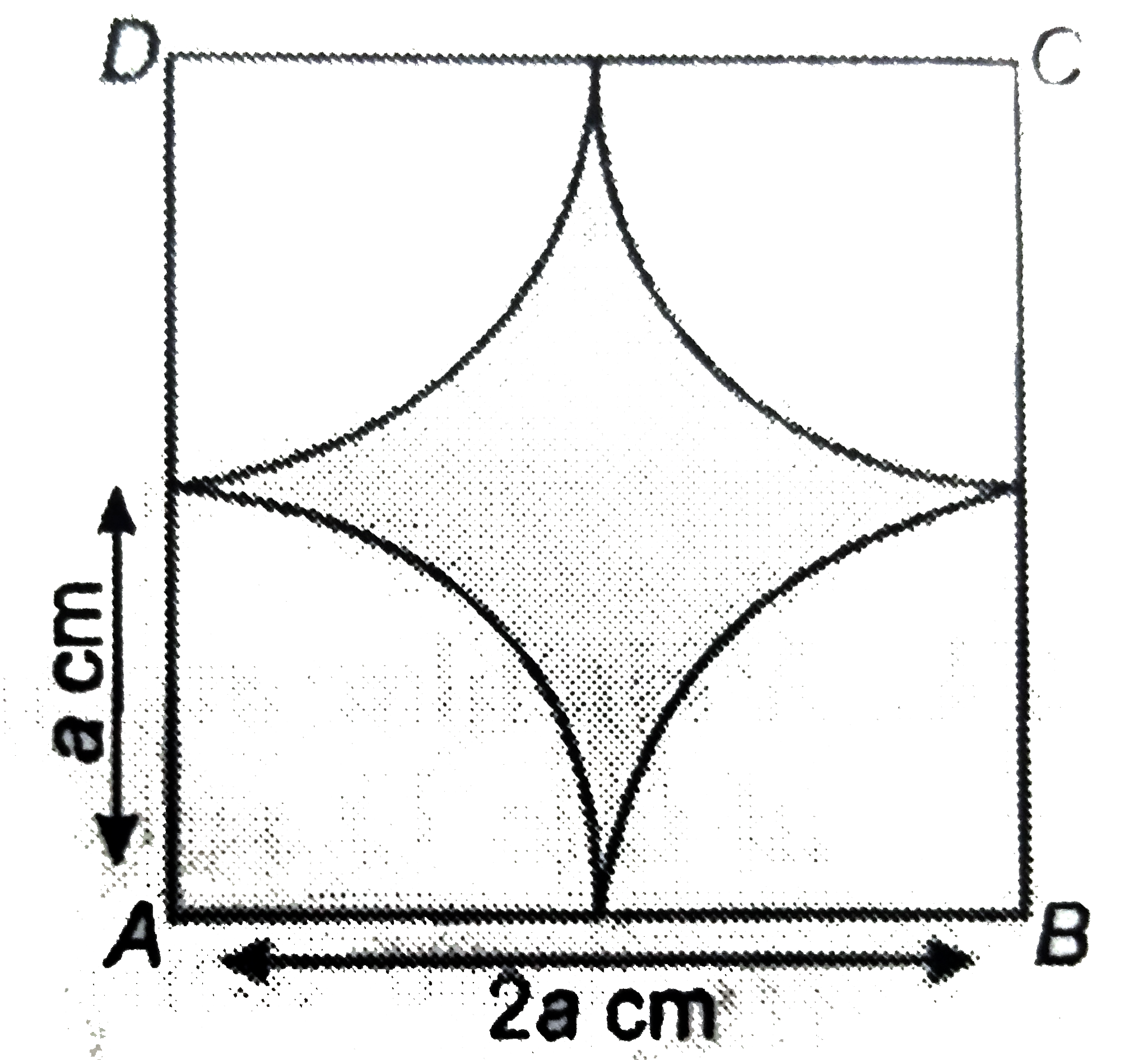ABCD is a square of side 4 cm. With every comer as the centre, quadrant of a circle is drawn and at the centre a circle of 1 cm radius is drawn as shown in figure. Find the area of shaded portion.
 Solution in Punjabi
Solution in Punjabi
Step by step video & image solution for ABCD is a square of side 4 cm. With every comer as the centre, quadrant of a circle is drawn and at the centre a circle of 1 cm radius is drawn as shown in figure. Find the area of shaded portion. by Maths experts to help you in doubts & scoring excellent marks in Class 10 exams.
Updated on:21/07/2023Topper's Solved these Questions
Similar Questions
A bicycle wheel makes 500 revolutions in moving 11 km. Find the diameter of the wheel.
View SolutionRestate the following statements with appropriate conditions, so that they become true. : The diagonals of a quadrilateral bisect each otther.
View SolutionFind out which of the following sequences are arithmetic progressions. For those which are arithmetic progressions, find out the common difference. :- 3,6,12,24,….
View SolutionIn the square ABCD with side 2acm, four quarter circles are drawn with the vertices as centres and radius acm. Find the area of the shaded portion.

View SolutionIn the given figure (not to scale), O is the centre of the circle. A,B,C and D are concyclic and AB=CD . If /_MON =120^(@) , then find /_ OPN .
View SolutionDetermine the point of symmetry of a regular hexagon.
View SolutionIn the given figure, AB is a diameter, O is the center of the circle and ∠OCB=50∘ then find ∠DBC.
View SolutionFind the area of the shaded region, given that the radius of each circle is equal to 5 cm.
View SolutionMatch the following Column A to Column B

View SolutionMatch the following Column A to Column B

View SolutionFind the area of figure given below.

View SolutionFind the area of the figure given below.

View SolutionThe area of the shaded part in the figure given below is ______.

View SolutionIn the adjoining figure, ABCD is a square of side 7 cm and two semicircles are drawn inside of it with AB and CD as diameters. Find the area of the shaded region (in cm2).
ltimg src="https://d10lpgp6xz60nq.cloudfront.net/physics_images/PS_MATH_VII_C06_E08_008_Q01.png" width="80%"gt
View SolutionThe inequation represented by the graph given below is :
View SolutionThe inequation that best describes the graph given below is _________
View Solution
